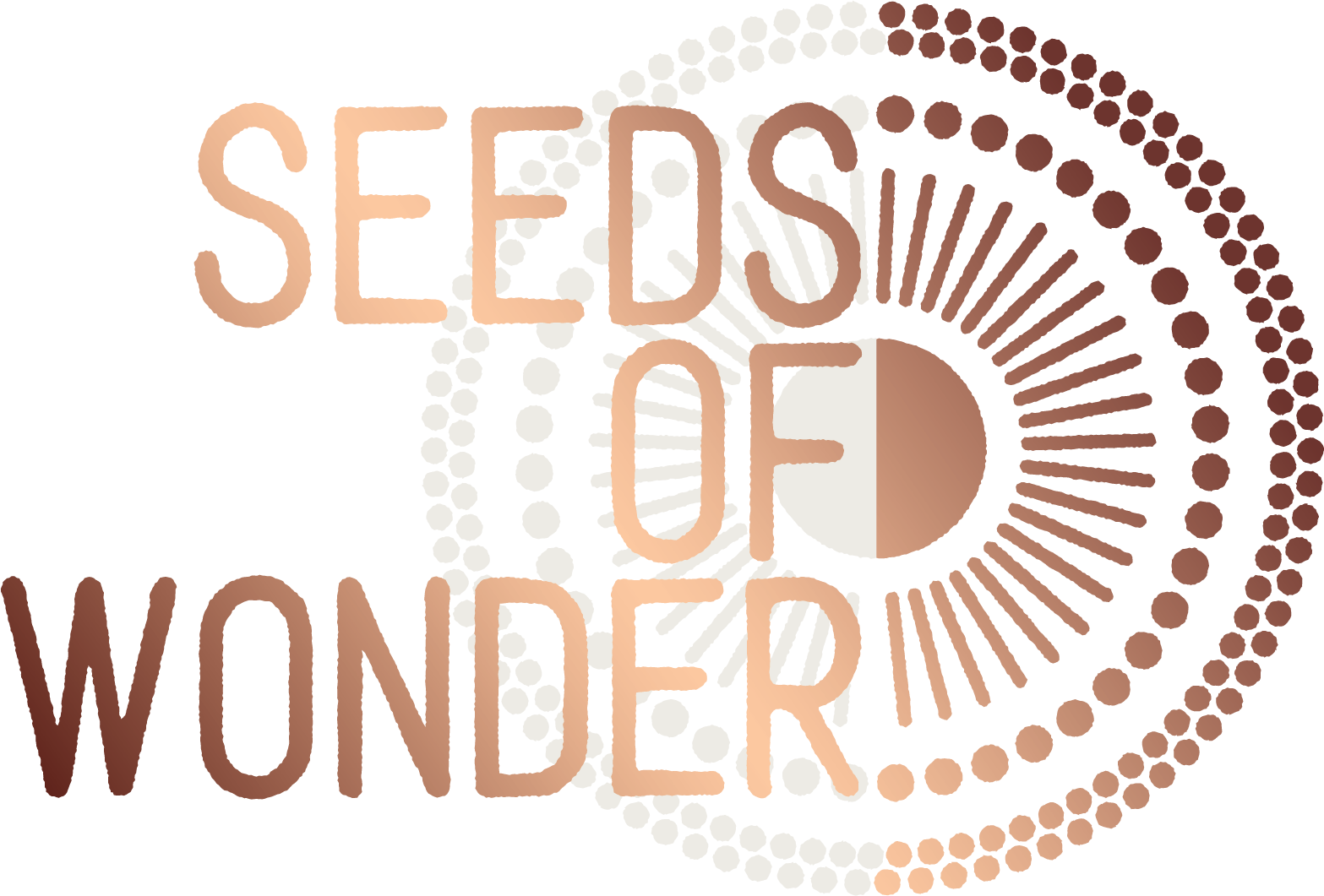Cacao ceremony – the ultimate self-love ritual
A cacao ceremony is nothing close to just eating a chocolate bar or having a cup of hot cocoa in front of the TV. A cacao ceremony is a sacred ritual that needs to be entered into with respect, presence, and intention.
While cacao ceremonies are shamanic in nature, it is more subtle than other ceremonies where you ingest plants, like ayahuasca. Instead, it creates a gentle opening of your heart, mind, and soul. You can do a daily cacao ritual – especially while you are focusing on a specific intention. You can also do a cacao ritual with a group of people. As with many rituals, when groups come together with a collective intention, the energy is amplified.
A vital part of a cacao ceremony is the intentional creation of a sacred space. Without it, you might as well just be drinking a cup of hot cocoa.
I would suggest that you do a cacao ceremony with a guide if it is your first time.
Although I will include a short discussion on the spiritual and health benefits of cacao – this ceremony really shouldn’t just be about what you can get out of it. Cacao ceremonies have become very popular in the west because now we can consume chocolate and call it a spiritual journey. People who are drawn to cacao ceremonies also deeply resonate with the spirit of the cacao plant.
What is cacao?
Cacao comes from the cacao bean. Ceremonial cacao is made from cacao beans.

It is prepared as a hot liquid that is quite bitter. You can add spices like chili pepper (capsicum), cinnamon, nutmeg, and vanilla – all of which also have their own properties and benefits.
It tastes very different from the hot cacao that you are used to drinking. It is usually served without sugar. The taste is also influenced by where the cacao is produced, the soil and climate, and the kind of bean used.
Cacao – an ancient drink
Cacao was consumed by the Olmec, the Zapotec, the Mayans, and the Aztec. It plays a central part in the Mayan Creation Story (the Popul Vuh).
While very little is known about how exactly ancient cacao ceremonies were conducted, it is clear that this was a sacred plant and that the ceremonies were dedicated to the cacao plant spirit or goddess. The focus of ancient ceremonies was to create a deeper understanding and relationship with the plant spirit – and this is the basis for cacao ceremonies today.
In Aztec culture, cacao was a regular offering to the gods and consumed by priests and royalty. The scientific name is Cacao Theobroma – it is Latin and translates to ‘Food of the gods’.
Cacao vs. cocoa
There is a difference between cacao and cocoa – and it isn’t just the spelling. When cacao is roasted over high heats, the molecular structure of the beans change, and cocoa is produced. Cocoa is used to make what we know as chocolate. At this point, it has lost nearly 90% of its nutritional value.
Raw cacao, or ceremonial cacao, is not roasted. Instead, it is dried in the sun. This way, it maintains all of the nutritional value and flavour.

How consuming cacao affects your body
There are over 300 compounds in cacao – no wonder it is labelled as a superfood. You can find in-depth discussions on cacao and your body here and here.
Some of the compounds found in cacao not only affect your body. These compounds affect your mood and could contribute to the spiritual effects that many experience when participating in a cacao ceremony.
Anandamide
This is often called the ‘bliss molecule’ and is an endocannabinoid. Anandamide is a substance that your body produces that binds to our cannabinoid receptors. Yes, cannabinoid – pure cacao stimulates your endocannabinoid receptors, much like THC (found in marijuana) does. But, because they do not flood the receptors, you do not get high off of the anandamide-like compounds in cacao as you would from THC.
Anandamide-like compounds found in cacao block the enzymes in your brain that destroy your naturally-produced Anandamide. Consuming cacao could lengthen the time that Anandamide stays in your brain and create feelings of mild euphoria. Anandamide is linked to controlling your thought processes (or cognition), mood, memory, and pain.
Phenylethylamine
This compound is similar to amphetamine and is naturally present in our brains. If taken in higher doses, it releases dopamine into the pleasure centres of your brain. This creates feelings of exhilaration, lowered fatigue, and a general sense of well-being.
Caffeine
Caffeine wakes you up and increases your alertness. While too much caffeine could be harmful, cacao has moderate amounts of this substance – especially compared to coffee and tea. A 1-oz piece of bittersweet chocolate has between 5-10mg caffeine. Milk chocolate has around 5mg, while an 8-oz cup of coffee has about 150mg.
Tryptophan
An essential amino acid that increases the production of serotonin. Serotonin is a natural stress-reducer and anti-depressant.
Endorphins
This is a natural opiate that lifts your mood and reduces pain.
Polyphenols
Polyphenols and other antioxidants inhibit oxidation. This is a process of damage to your body and is linked to aging and (potentially) to the formation of some cancers.
A 40g serving of milk chocolate has about 300mg of polyphenols, about the same as a 5-oz glass of red wine. Dark chocolate has nearly twice as much. Instant cocoa has very little antioxidant content.
Antioxidants play a role in regulating the immune system that could prevent infections and autoimmune diseases. It is also believed to lower the risk of cardiovascular disease.
In short, cacao promotes alertness, lowers pain, and promotes well-being. It decreases anxiety by producing serotonin, while Anandamide encourages relaxation.
A word of caution
Theobromine found in cacao relaxes the esophageal sphincter muscle, and this could promote heartburn, especially in people who already struggle with this condition.
Some people could have an allergic reaction to cacao, especially skin rashes/irritations.
Other counter-indications could include people who have diabetes, who are overweight, anxious, hyperlipidaemic, migraine-plagued, and ulcer-prone. If you are unsure whether consuming cacao is safe for you, consult your doctor or medical professional.
Cacao could also interact with some anti-depressants. It is vital that you check with your medical professional before participating in a cacao ceremony.
Spiritual benefits
Now that you have some understanding of how consuming cacao affects your physical body, we can better understand how it affects your spirit. It creates physical conditions in your brain and body to open up to a deeper spiritual level.
Cacao creates a feeling of euphoria and connection. Through that, it opens your heart chakra.
How to have your own cacao ceremony
Do it with relevance and awe. Create a sacred space and quiet your mind. Be present. Be intentional. You might want to consider using a special cup or mug that you dedicate specifically to your cacao ceremonies.
When you have a cacao ceremony, whether it is as part of a group or on your own, you are connecting with a plant spirit, with mother earth and with god or the universe. Give it the time, the focus, and the intention that it deserves. Treat it as a sacred ritual – because it is.
Besides that, there isn’t really too much structure for a cacao ceremony. Once you have created a sacred space, call on the spirit of cacao and clearly stated your intention. When you are ready, you can prepare your ceremonial cacao – I will explain how to do this later.
You can either choose to set a specific intention (like healing a particular wound), or you can dedicate your ceremony to cultivating a deeper relationship with the plant spirit. You can also keep it slightly open by asking the spirit and the universe to give you whatever it is that you need in that moment.
Slowly drink the cacao while focusing on becoming more and more quiet and open to messages. At this point, you can go into meditation, follow a sound journey, do yoga, or dance. Follow your intuition in this – it knows exactly what you need.
Close your ceremony consciously. Ask that what you have learned or experienced or realised should become integrated into your spiritual, mental, and physical realms.
How to prepare your ceremonial cacao
Preparing your ceremonial cacao should be part of your ceremony. It should be done with intention, and you should be fully present. You can add herbs and spices but avoid cow’s milk as it can decrease the effects of the cacao. Ceremonial grade cacao should be used. Ideally, the cacao should be chips, a block, or a paste that contains the cacao butter. This helps with the absorption of all the good stuff in the cacao.

I would highly suggest that you start with lower doses (half the serving suggestions below) and then work your way up. It usually takes 20-30 minutes to feel the effects, and these effects can last between 3-5 hours.
Your body isn’t used to ingesting so much cacao, and it could make you feel sick if you take too much at once. Go sloooow.
Eat a light meal before taking cacao to settle your stomach and eat some dense food afterward to ground your energy.
Drink plenty of water before, during, and after your cacao ceremony as cacao detoxes your liver, and you would want to flush those toxins out. Use the following guidelines for dosing:
- 8.5 – 11g for dreaming or lucid dreaming
- 11-21g for long-term drinking (everyday consumption) or if you are sensitive to cacao
- 28g for meditation or increased creativity
- 34gm for relaxed activities like yoga or dancing
- 42.5g for normal ceremonial use
- 57g is the highest amount of cacao to use. This is not recommended for first-time users. This high amount could make you feel nauseous if ingesting so much bitter in one go.
Cacao releases all the love and feel-good chemicals in our bodies. By changing the chemicals in our brains it allows us to go deeper on a spiritual level. Take some time out to sit with the spirits of cacao while soaking in all the feel-good energies and love that the universe is offering you.







The article explores cacao ceremonies as a spiritual practice for self-love, highlighting their historical roots and heart-opening benefits. It emphasizes the importance of intentionality, providing practical tips for beginners, including preparation and guidance.